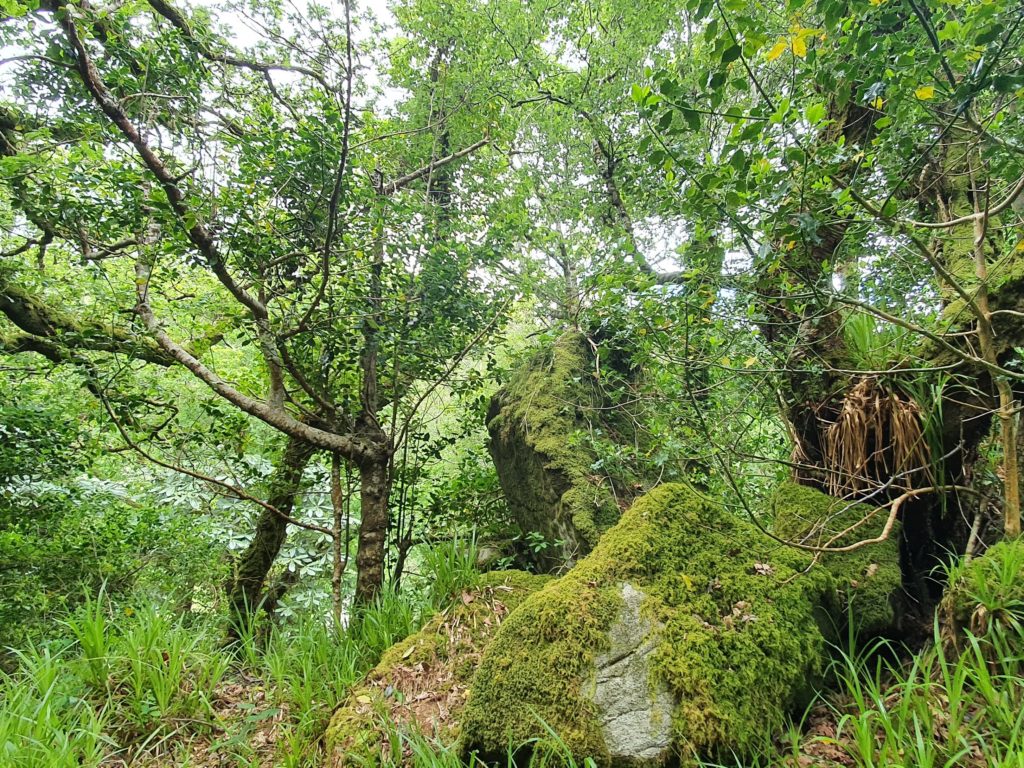Client: National Parks and Wildlife Service

Glenveagh National Park, Co. Donegal, is Ireland’s second-largest National Park, covering over 15,000 ha of bog, heath, woodland and lake habitats. In 2020, NPWS commissioned BEC Consultants and PTR Ltd to produce a 100-year woodland strategy for the park that would focus on bringing new life to its old woodland habitats, as well as expanding native woodland into new areas, using mainly natural regeneration. The main goal of the strategy was to identify actions to address the factors that contribute to the poor ecological condition of the woodlands and to provide a framework for implementing, to increase the woodlands’ conservation value further and to restore them to full health and resilience.
Some of the woodland in Glenveagh is ancient and is protected under the EU Habitats Directive (91A0 Old sessile oak woods), but it is beset by a number of problems including overgrazing and invasive plant species. These problems were examined in more detail and actions to tackle them were proposed. As well as this, some knowledge gaps were filled, including the extent and type of all woodland in the park, past and present. Requirements were identified for setting up a tree nursery to provide local-provenance tree seedling stock for the park, and for the north-west region, to supplement natural regeneration if necessary.
Seven policies underpinning the strategy were outlined, together with 54 actions to support them. These recognise, for example, the need for a comprehensive monitoring programme to deliver the aims of the strategy, and the importance of good coordination and communication among the various management strands of the park. We also identified some initiatives that will support the actions recommended in this strategy document, such as expanded roles in education and communication to involve local stakeholders more fully in woodland management and to promote greater appreciation of the park and its habitats.
Also provided with the strategy, as a separate file, is an Excel workbook which was set up by the project forester as a management tool to help with planning the various elements of the strategy. It includes estimates of costs, based on a number of assumptions which can be adjusted as needed, and sets out management prescriptions for the larger areas (>1 hectare) of extant woodland and some areas of unwooded habitat that are suitable for afforestation.